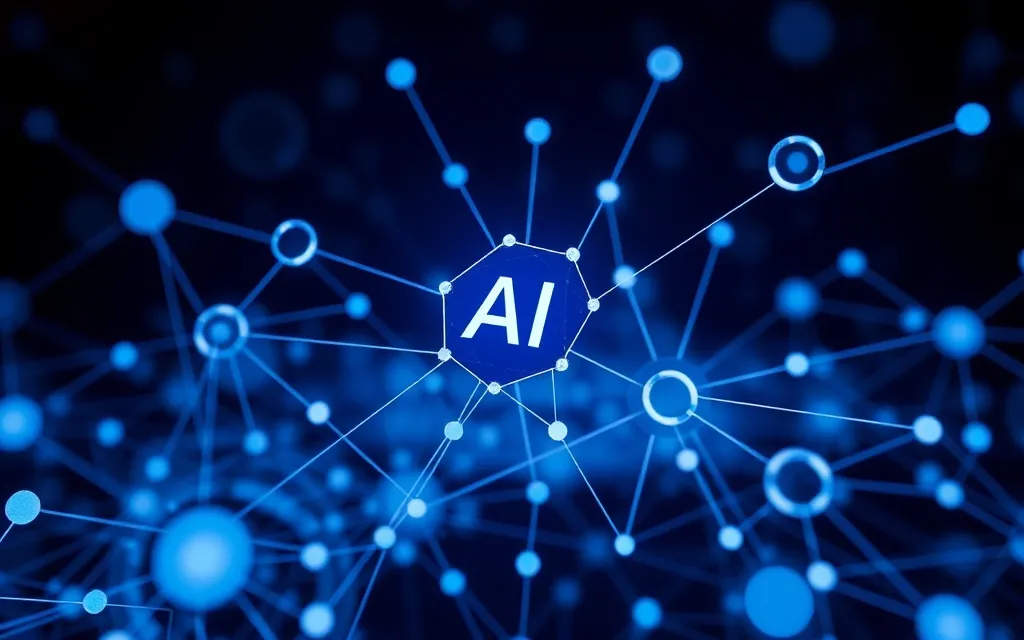
2024-12-05T04:00:00+00:00
In today's rapidly evolving tech landscape, artificial intelligence (AI) reigns supreme, transforming industries and redefining how we interact with technology. At the core of this revolution are AI models and APIs, pivotal components driving intelligent solutions across various domains. This definitive guide delves into AI models and APIs, unraveling their functionalities, advantages, and the burgeoning digital ecosystem they foster.
AI models are sophisticated algorithms engineered to simulate human cognition, successfully executing tasks that traditionally rely on human intellect. By processing colossal datasets, these models discern patterns, render decisions, and extrapolate future scenarios. The model's performance is inextricably linked to the caliber of its input data and the complexity of its algorithmic structure. For example, facial recognition software in smartphones or predictive analytics in finance exemplify AI models at work.
Application Programming Interfaces (APIs) serve as crucial intermediaries, permitting developers to weave AI capabilities seamlessly into their applications. Without delving into the intricacies of AI, APIs empower developers to harness functionalities like image recognition, real-time language translation, and speech-to-text conversions. Picture a mobile app that translates road signs in foreign countries or a virtual assistant scheduling your appointments—APIs make these developments possible.
AI APIs have become mainstays in technological applications due to their powerful capabilities and seamless integration. Leading providers like IBM Watson, Google Cloud AI, and OpenAI GPT-4 offer outstanding AI features:
Each API empowers developers, enhancing applications' functionality and user experience while championing efficiency and innovation. These examples highlight the transformative capabilities of AI APIs in various applications, promising improvements in workflow and creativity.
AI APIs function by interfacing with AI models through well-defined protocols and tools, executing tasks such as:
These APIs are designed for scalability and reliability, backed by industry stalwarts, ensuring secure, efficient integration of AI into products. Whether it's streamlining operations or enhancing user interactions, AI APIs are revolutionizing how tech crafts solutions.
The AI industry is witnessing rapid evolution marked by innovations like Runway AI's Gen-3 Alpha Turbo model for video generation and Elon Musk's xAI API for Grok models. These advancements reflect heightened performance and accessibility, easing the implementation of intricate AI capabilities.
Further, emerging models such as Claude, Llama, and Mixtral underscore the increasing need for diverse AI infrastructures and the importance of adopting multi-model architectures, ensuring robust, adaptive AI solutions.
As AI models and APIs continue to advance, their integration into everyday technology will become more sophisticated and widespread. This guide emphasizes not only their current application but also their transformative potential. Developers should remain vigilant, harnessing these technologies to innovate ethically and responsibly. As we navigate this digital frontier, consider how AI can revolutionize your work—can it optimize your processes? Improve customer interactions? Share your insights or a surprising AI application you've encountered, and let's explore the endless possibilities together.